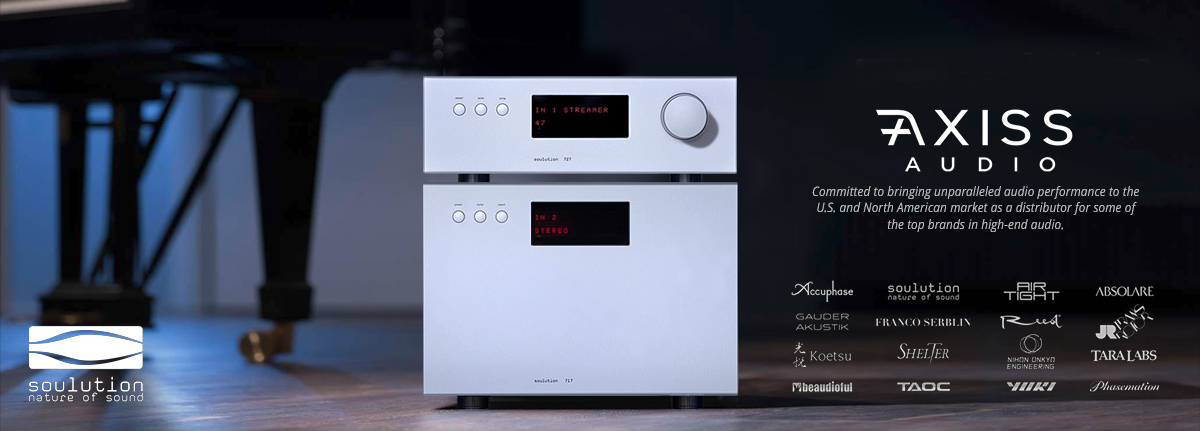I have noticed this largely with pro drivers or ultra-high sensitivity cones (as you say AER seem to be an exception). My Supravox 215-2000 are very stiff (doped accordion style surround) and hardly move and with a Qts or only a bit over 0.2 they would likely sound overdamped with SS.
IME it's Supravox that are going to be the exception. Omega, Feastrex, AER, Vox and pretty much every other modern single driver has a suspension that's very flexible.
It could be modern high strength motors have made highly damped drivers unnecessary, or maybe it was still a valid approach even with old field-coil motors, I'm not sure but imo it does lead to better results vs a highly damped driver.
With modern woofers it depends on design approach, heavy/stiff cones will require a more substantial suspension. For a dedicated woofer I prefer a rigid cone, that leads to a more damped suspension, a larger motor and a big SS amp. Unless you have the space and cash for multiple large drivers and/or bass horns.
















